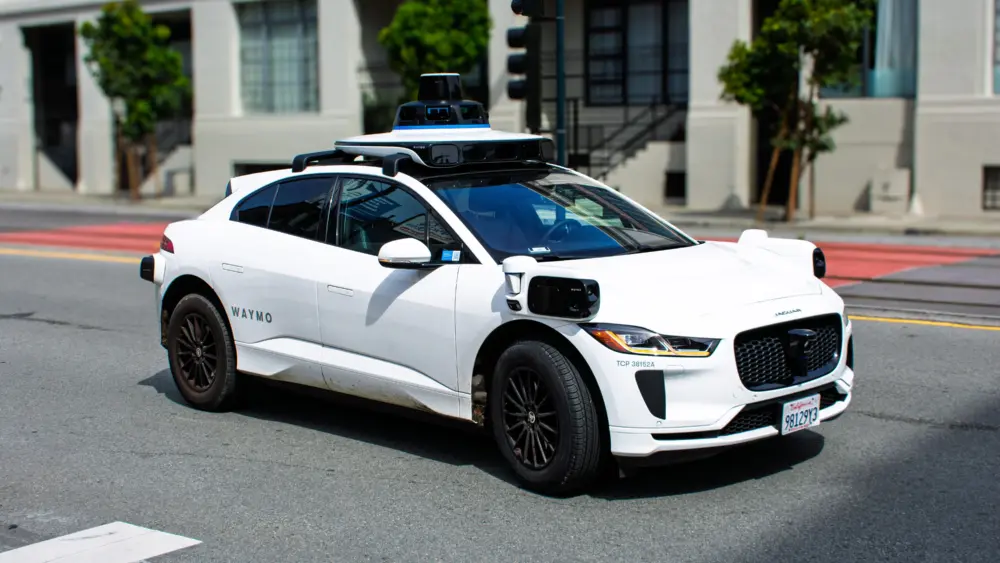
In real life, I work as a mobile game programmer. I joined the team that’s building Kingdom Maker in May 2018. At the time, we were six months—maybe nine —away from shipping the game. Well, I just passed my fourth anniversary of working on the game, and we now have a firm release date: June 16. I can’t say more about the game until it releases, other than I’m hoping it will be a big success. But it does point out the amount of effort that it takes to build and release a mobile game on a global scale.
The nature of free-to-play mobile gaming means that you have a large number of people download and install the game. Some play for a few minutes, never to return. Players drop off over days and weeks, and a key metric in the success of a game is the look of that retention curve. Unfortunately, for a successful game, your game infrastructure has to be ready to provide a good experience for hundreds of thousands of users on day one. For our server engineering team, that process has taken up a good part of the last few months. It was a big milestone when we reached 50,000 concurrent users, using “bots” that emulate the behavior of actual users as they start playing the game.
The potential rewards are enormous. Fortnite, the biggest game of 2018, provides an idea of just how enormous: in a single market (North America), on a single platform (iOS), Fortnite generated revenues of $2 million per day, or roughly three-fourths of a billion dollars in annual revenue (out of $5.4 billion for the game across all platforms that year). While Fortnite is an extreme example, a successful mobile game can do hundreds of millions of dollars in annual revenues.
That story is by way of explaining that I am writing this on deadline. Every one of my editors at NorthBay biz has had their patience tested by me, and I am eternally grateful to my current editor, Karen Hart, for her continued forbearance.
As for business and technology, the theme of this column is not much to report. The story of Elon Musk’s proposed purchase of Twitter occupies much of the news of late, but Twitter itself is old news. Cryptocurrencies took a huge tumble in value over the past month. Surprise! And finally, the post-pandemic return to offices continues, although AirBnB recently declared its employees can live and work from anywhere. It’s worthwhile to read CEO Brian Chesky’s message to his employees (/tinyurl.com/4f3bnms7), which I found noteworthy in its clarity: “We want to hire and retain the best people in the world (like you). If we limited our talent pool to a commuting radius around our offices, we would be at a significant disadvantage.” Unfortunately, none of these “big tech stories” probably make a difference to my readers.
I remain interested in climate change and related technologies, such as carbon sequestration and nuclear fusion. Scientist Vaclav Smil has published a new book, How the World Really Works. Although I haven’t had time to read the book yet (launching a game, remember?), I’ve read two excellent pieces about the book, one an excerpt in TIME Magazine, and one an interview with Smil in the New York Times. His book attempts to explain the underlying facts of modern existence. For example, this quote from the TIME excerpt:
“Four materials rank highest on the scale of necessity, forming what I have called the four pillars of modern civilization: cement, steel, plastics, and ammonia are needed in larger quantities than are other essential inputs….And these four materials, so unlike in their properties and qualities, share three common traits: they are not readily replaceable by other materials (certainly not in the near future or on a global scale); we will need much more of them in the future; and their mass-scale production depends heavily on the combustion of fossil fuels, making them major sources of greenhouse gas emissions.”
Smil is a scientist and a realist. In the Times interview, he refers to climate goals for 2030 as “undoable.” At the same time, he shies away from the notion that climate change means the end of life on earth. He just wants people to understand the scale of the problems that we face and the extreme difficulty (scientists rarely say “impossibility”) of change. Regardless, it looks pretty grim. To quote Smil again, “What we need is the dull, factually correct and accurate middle. Because only from that middle will come the solutions…You have to recognize the realities of the world, and the realities of the world tend to be unpleasant, discouraging and depressing.”
Still, it’s nice to hear some good news once in a while. If you have a question or a topic you’d like to know more about, drop me a line. I’m always open to suggestions for my next column.
Author
-

Michael E. Duffy is a 70-year-old senior software engineer for Electronic Arts. He lives in Sonoma County and has been writing about technology and business for NorthBay biz since 2001.
View all posts



